In early February 2023, a series of UFOs were discovered in the United States, which turned out to be balloons from China. At the same time, the US government recently published official documents on unidentified objects. All this has fueled public curiosity about this mysterious topic so much that Google’s requests for “extraterrestrial life”, “UFOs”, “are aliens real” even have increased by 300%, the Associated Press reports. Even Elon Musk joked on Twitter about the aliens.

However, no scientific research indicates that any of these mysterious objects belong to aliens. Although NASA is working on its own UFO incident assessment system. However, no outstanding scientist has also come out shouting “aliens” – there is almost always a rational explanation for everything.
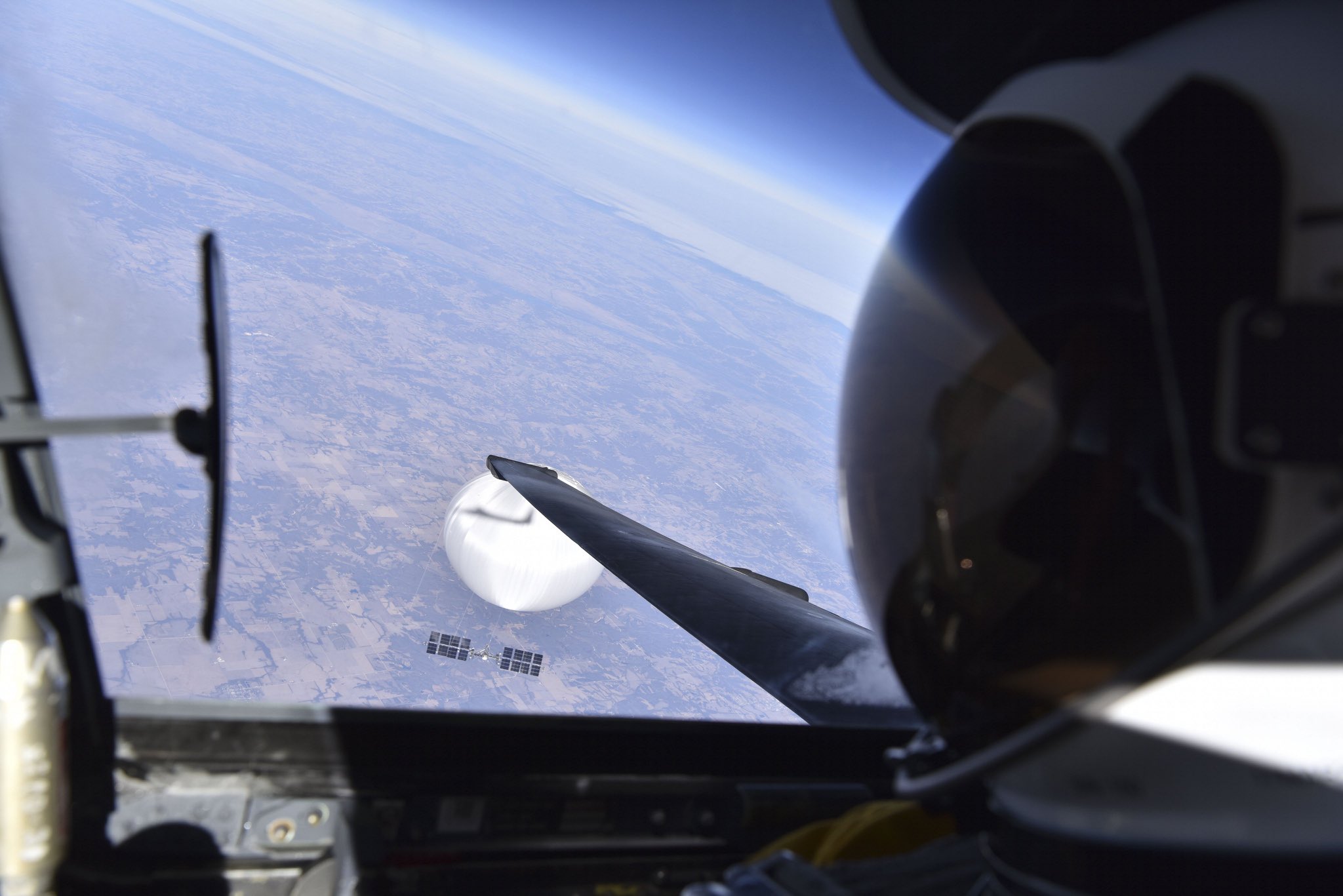
There had been cases in the past when some researchers thought they were getting closer to identifying signs of alien life or even extraterrestrial intelligence, but none of them were confirmed. Therefore, Universe Space Tech compiled a rating of false signs of extraterrestrial life that really led scientists to believe that they had found aliens.
“Wow” Signal!
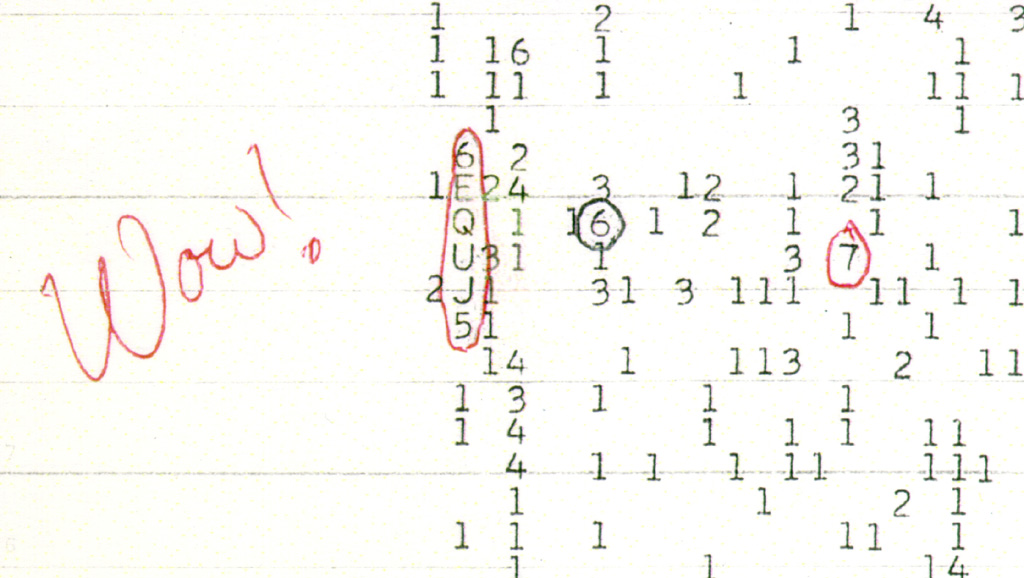
One of the first deliberate searches for extraterrestrial intelligence almost hit the jackpot in 1977. At that time, the Big Ear radio telescope at Ohio State University picked up a sudden strong signal that had all the signs of an artificial one. It was 30 times louder than background noise and, unlike natural radio sources such as quasars, it reached only one frequency in the radio spectrum.
Astronomer Jerry Eman first noticed this while flipping through the data pages, and made a note next to the sudden jump in numbers: Wow!. Enthusiasts of the SETI program immediately assumed that the “Wow” signal! came from an alien civilization. Eman himself remained skeptical.
This signal was never repeated again, although astronomers sent their radio telescopes to this region many times, but never again heard any similar powerful signals from there – only white noise. There are only a few hypotheses about its origin, but it remains unclear what exactly is its source.
First interstellar object in the Solar System
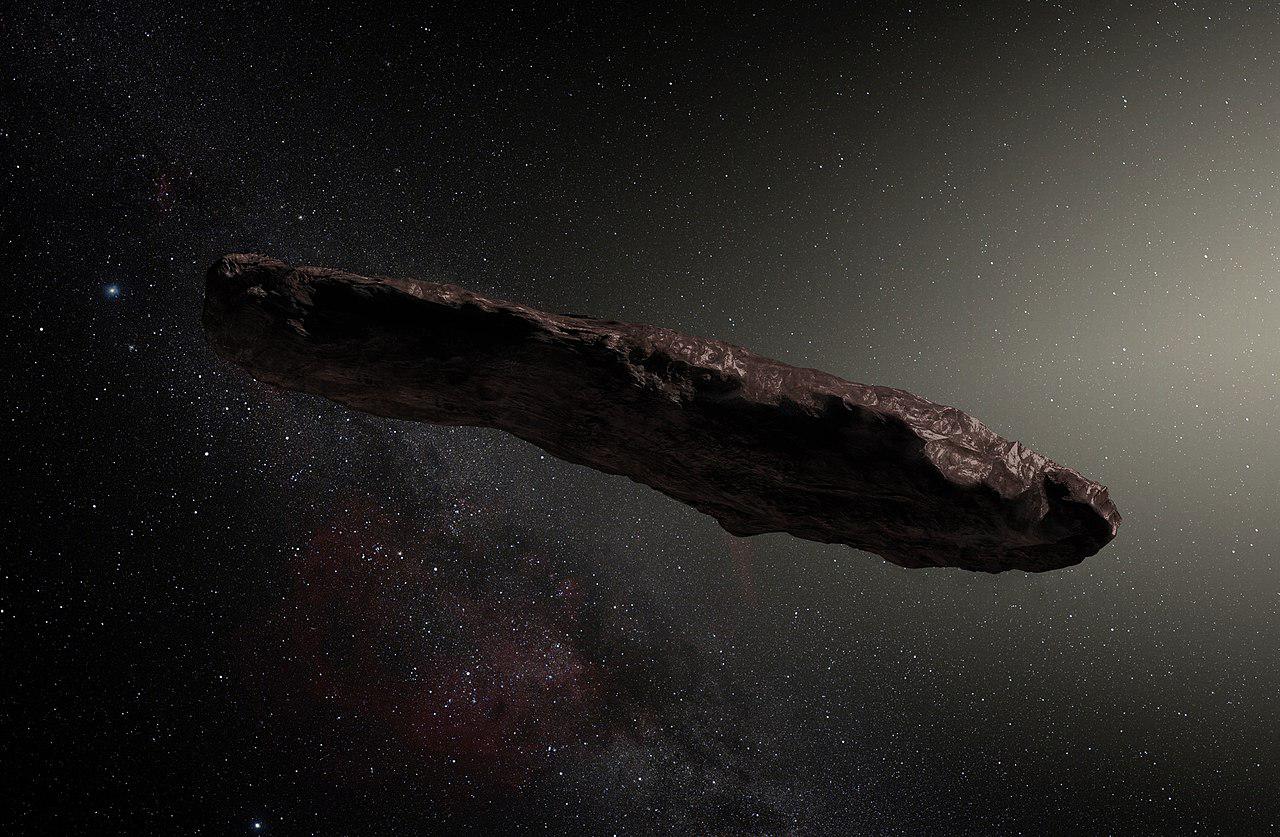
In 2017, astronomers confirmed for the first time that an object flying past the Sun came from outside our Solar System. They named the first interstellar object Oumuamua. It is a Hawaiian term meaning “a messenger from afar, arriving first”.
The interstellar visitor was shaped like a cigar, and its surface reflected 10 times more light than asteroids in our Solar System. The most interesting thing is that when it moved away from the Sun, it accelerated rather, which did not coincide with the physical calculation of its trajectory. All these miracles forced Avi Loeb, an astrophysicist from Harvard University, to conclude that this object was of artificial origin and built by an alien civilization. He published an article in which he claimed that Oumuamua had an “artificial origin” and might have been a spacecraft of an alien civilization with an engine giving it acceleration. Other astronomers have denied his theory, explaining that Oumuamua’s observations are compatible with a purely natural origin.
Life in the clouds of Venus
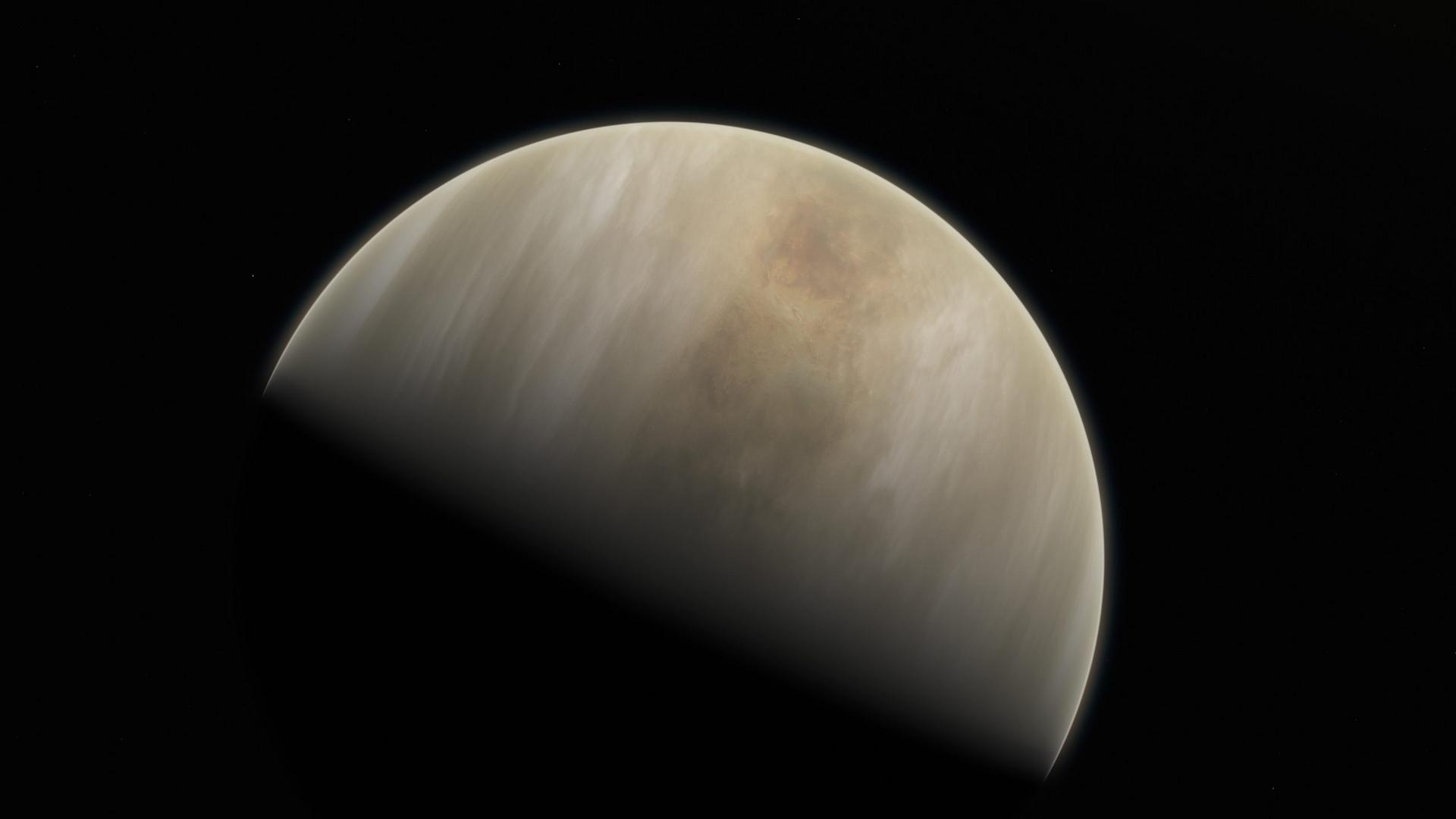
The discovery of phosphine gas in the clouds of Venus worried scientists. On Earth, phosphine, which has an unpleasant smell of rotten fish, is the result of the vital activity of microbes. The surface of Venus is too hellish to be habitable, but its clouds may have comfortable enough conditions to contain microbial life. But this discovery caused controversy after an independent re-analysis found an error in the data obtained. NASA tried to confirm the existence of gas in the atmosphere of Venus, but a repeated search did not find traces of phosphine.
Fast radio bursts
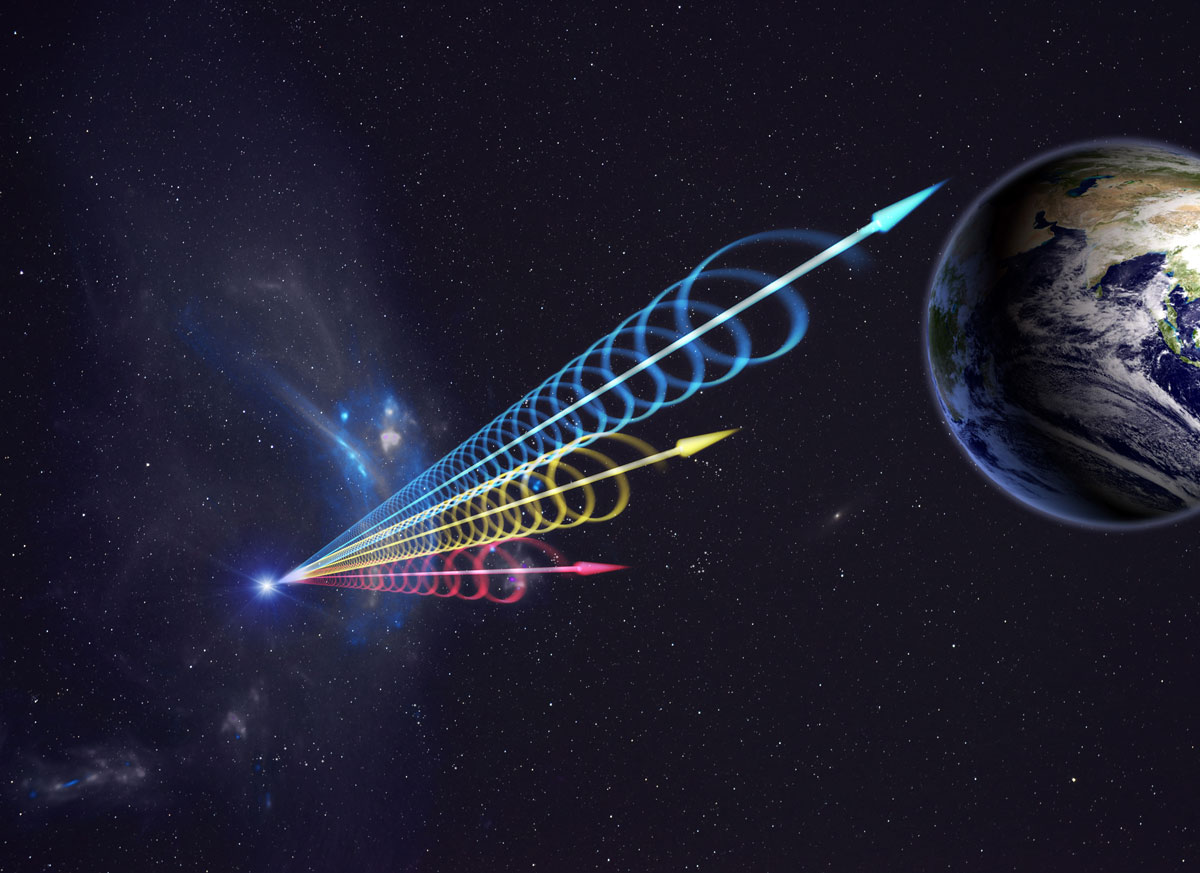
Astronomers have discovered that unknown sources from deep space are sending strange and super-powerful bursts of radio waves. Some of them last for milliseconds, and some of them repeat at regular intervals. These fast radio bursts, or FRBs, have been bothering scientists since 2007, when the first of them was discovered. Although most astronomers studying FRB believe that they have a natural cause, Loeb is not afraid to say again that he connects their origin with alien technology. Only recently it was proved that one fast radio burst came from a magnetar — a dead star with a powerful magnetic field.
Euphoria from Viking
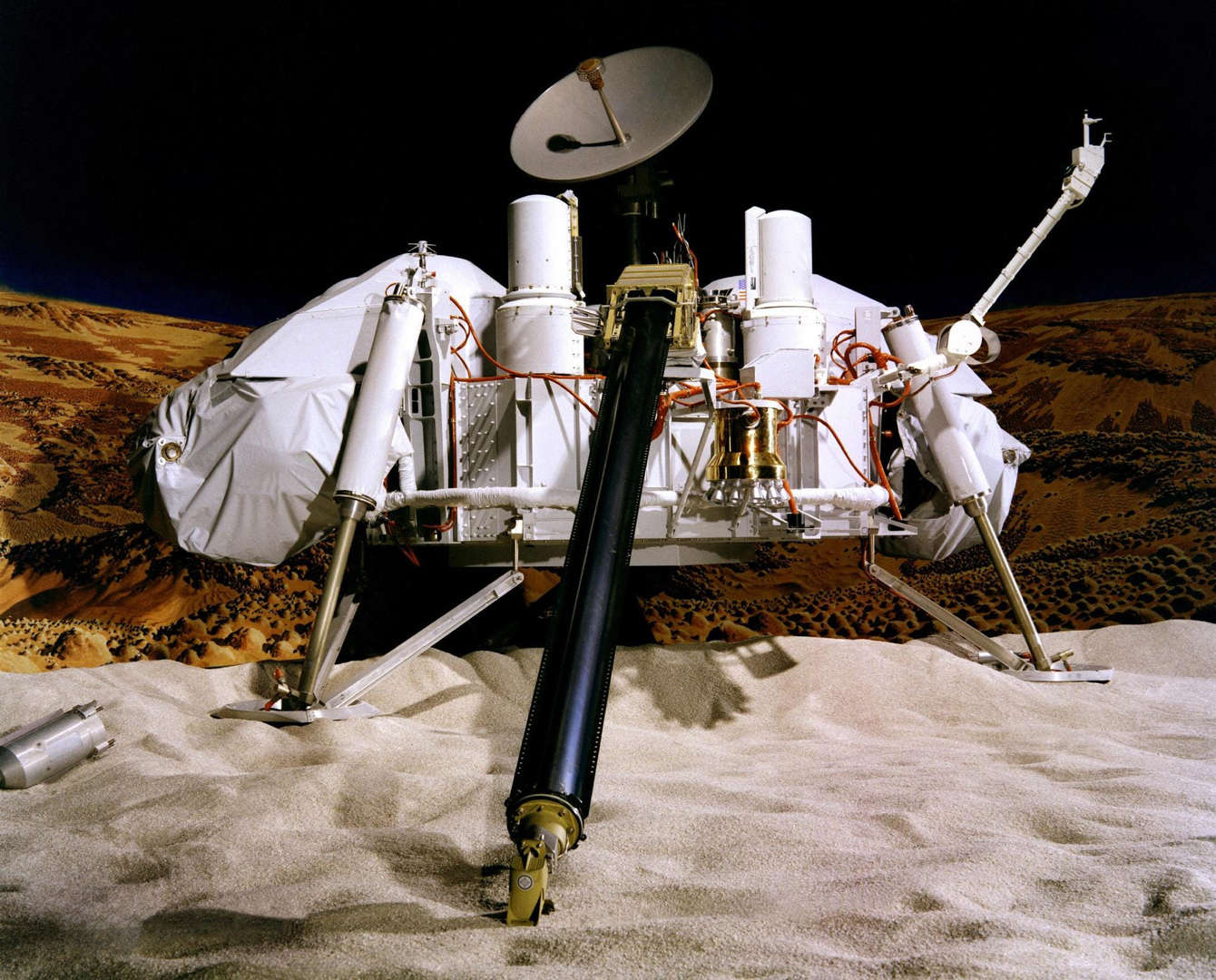
NASA engineer Gilbert Levin was an engineer on the Viking mission team in 1976, who successfully landed a spacecraft on the surface of Mars to detect life there. In 2019, he wrote in Scientific American that he still believed that his experiment showed signs of life on the Red Planet. The device found elements in the collected samples of Martian soil that indicated the breathing of microbes. But then the mission failed to find organic material confirming the results.
“The collective consensus of the overwhelming majority of the scientific community does not believe that the results of the Viking experiments themselves are brought to the level of extraordinary evidence,” said Allard Boitel, a NASA spokesman in response to Levin’s statements in 2019. He was probably referring to Carl Sagan’s famous words referring to any potential alien discovery: “Extraordinary claims require extraordinary evidence”.
Earlier we reported on the TOP 5 false ideas of space science.
Follow us on Twitter to get the most interesting space news in time
https://twitter.com/ust_magazine

